Types And Components Of Yoga
Yoga can be broken down into three main categories: Dynamic, Gentle, and Hatha. Dynamic Yoga is a type of power practice which focuses on building strength and stamina. Sequences composed of fast and large movements which help to heat the body and promote flow. Gentle Yoga is a more passive practice which is often used to restore, ground, and relax the body. It consists of slow, controlled movements which are meant to calm and open the body. Hatha Yoga is the form of practice which is most widely practiced. It is designed to bring balance between opposing forces (hot and cold, movement and stillness, female and male) and restore harmony. The components of yoga include: postures (asanasin Sanskrit) like forward folding, backward bends, twists, core work, and inversions, meditation to bring peace and stillness to the mind, and pranayama (breath control) to connect the breath with the body and mind. Yoga is known for its therapeutic effects both physical and mental and is gaining popularity in the Western world. It has been proven to improve flexibility, strength, posture, balance, and overall health.
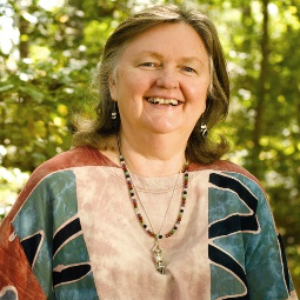
Mary Jo Bulbrook
Akamai University, United States
Kenneth R Pelletier
University of California School of Medicine, United States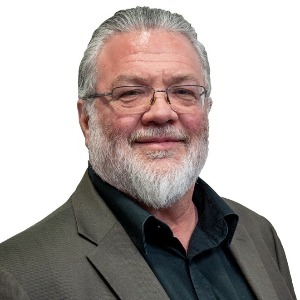
Gene Bruno
Nutraland, United States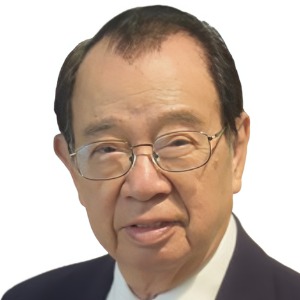
Kevin KF Ng
MD Natural Care LLC, United States
Julieta Andico Songco
JAS Consulting Services, United States
Debrah Nadler
Alzheimer’s Support, LLC, United States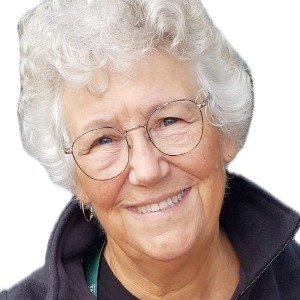
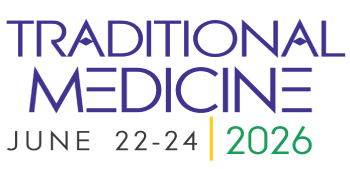



Title : The importance of integrating TCM with conventional medicine in the diagnosis and treatment of physical and mental exhaustion due to excess or lack of professional activity
Angela Sanda Tudor, Society of TCM from Romania, Romania
Title : Change your genes - Change your life: Sorting the hope from hype of human longevity
Kenneth R Pelletier, University of California School of Medicine, United States
Title :
Laure Le Corroller, Dr.& Master Sha Tao Academy, Canada
Title : Examining the factors that decrease and increase the effect of acupuncture
Yucel, Elonysia LLC, Turkey
Title : Pure consciousness and lifestyle practices in ayurveda — Positive epigenetic transformations
Girish Momaya, Maharishi European Research University, Netherlands
Title : Akkermansia muciniphila 001 (AKK001™) postbiotic for body morphology and metabolic indicators in an overweight population: A randomized, controlled trial
Gene Bruno, Nutraland, United States